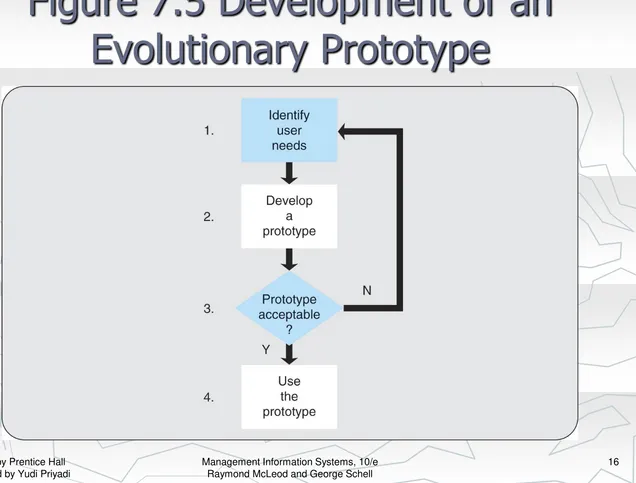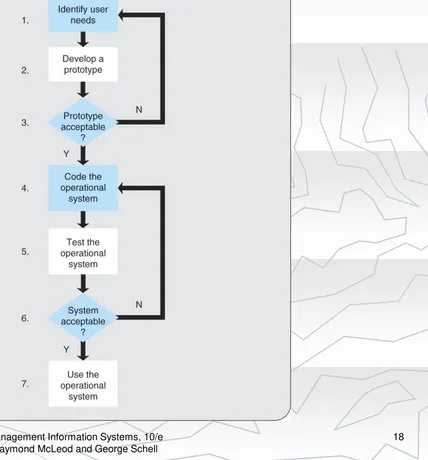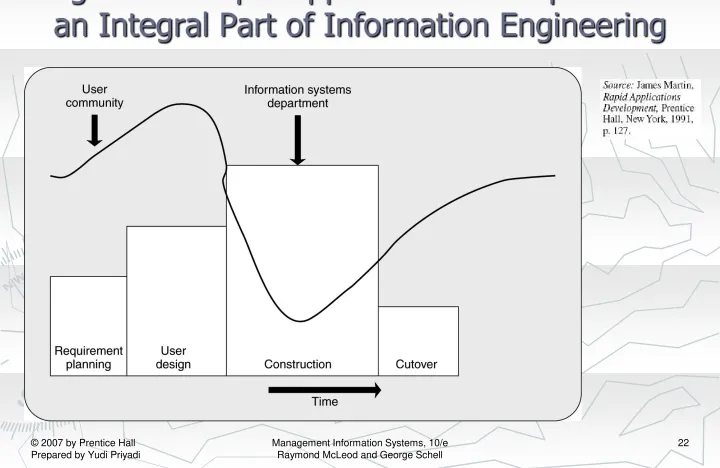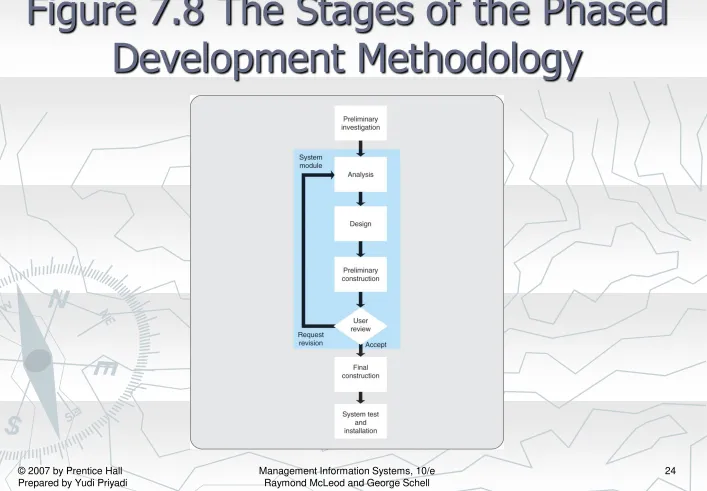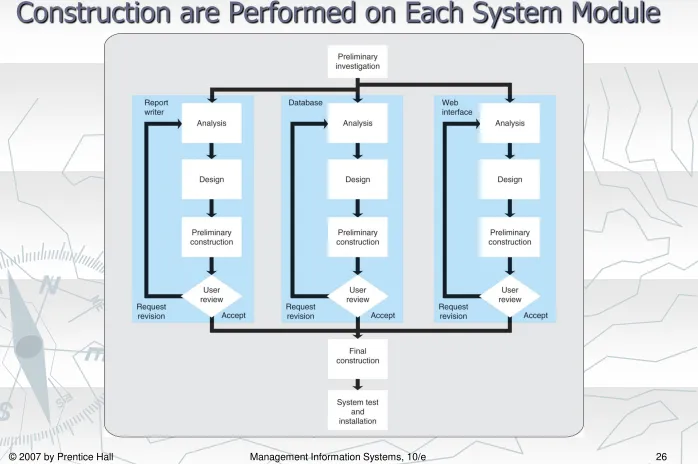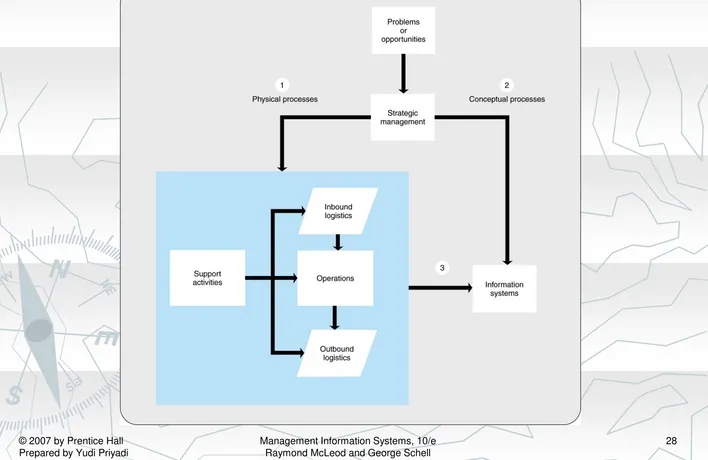Management Information Systems, 10e
Teks penuh
Gambar
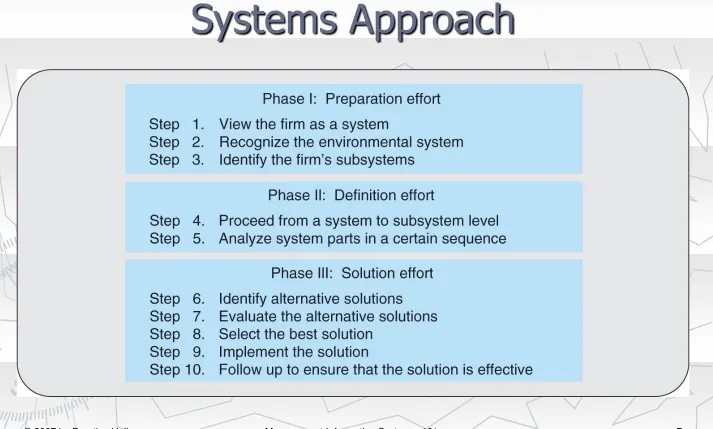
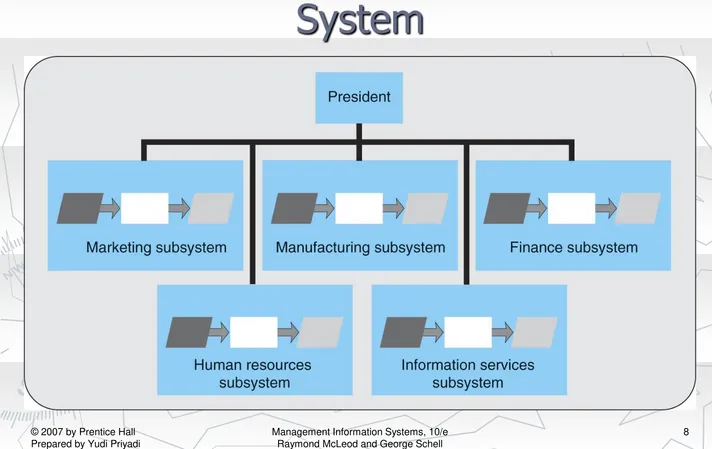
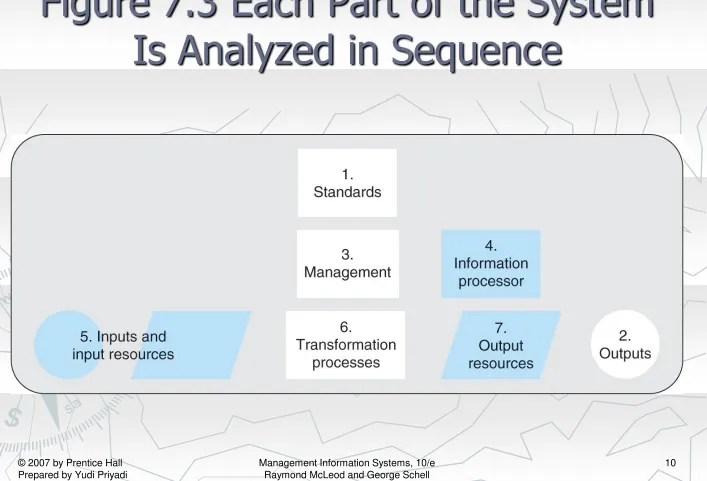
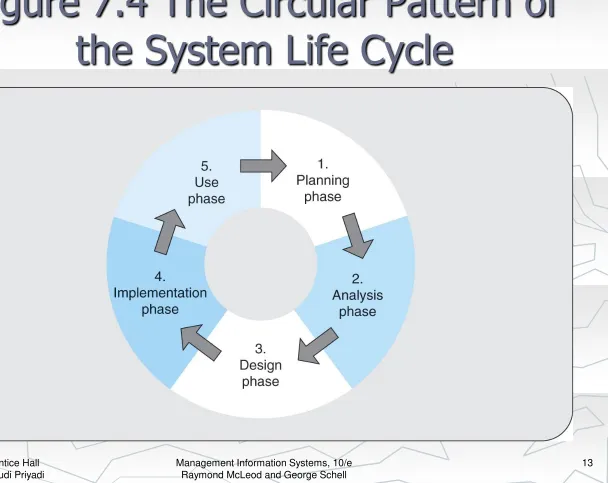
Dokumen terkait
This is an open access article under the CC BY-NC-ND license http://creativecommons.org/licenses/by-nc-nd/4.0/ Peer review under responsibility of the scientific committee of the ICTE
Using an action research approach, we integrated Kolb’s experiential learning cycle with elements of Specialization in Legitimation Code Theory LCT, focusing on the entanglement of
In particular problems in the complex domains require a holistic dynamic approach that allows emergence rather than planning would benefit from an ecosystems perspective Wicked problems
AN EMPIRICAL STUDY OF RELATIONSHIPS BETWEEN TRADITIONAL USABILITY INDEXES AND PHYSIOLOGICAL DATA Tao Lin, Atsumi Imamiya, Masaki Omata, Wanhua Hu Department of Computer Science and
Project team reacts as expected Dimension: Process Sub-dimension: Objective Setting 2 Key Elements - Project objective is clearly identified and understood - All objectives have
This research provides an intellectual framework of theoretical dimensions and the concept of electronic management by focusing on the role of electronic management in achieving the
In Geographic Information Systems GIS risk factor mapping stunting by using the method Geographically Weighted Regression GWR is an approach that combines elements of research and
The document contains studies on the interactions between plants and pathogens, focusing on the defense mechanisms of plants and the strategies used by pathogens to overcome these
